Choosing the Right Go Equipment for You – Part 2: Go Boards
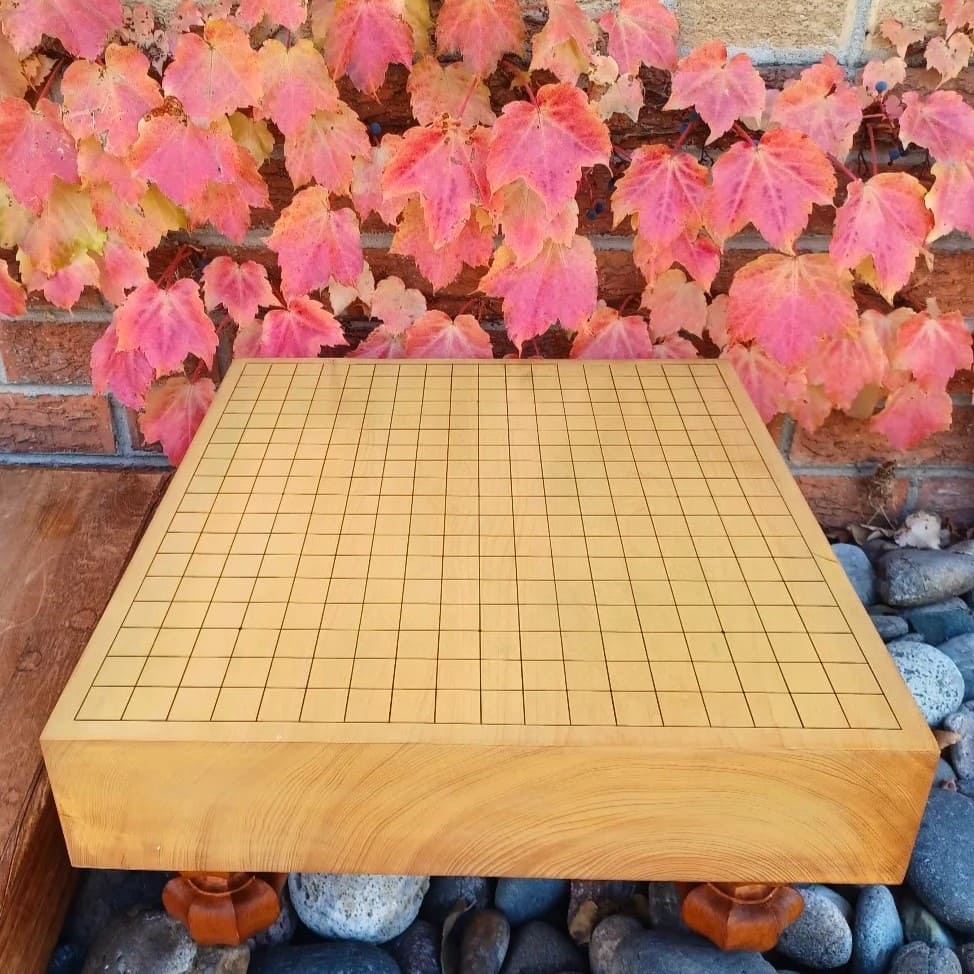

Part 1 of this series began with an explanation of why I think more people should play Go in person. A huge part of what makes Go enjoyable is the tactile experience, but so is having a welcoming social environment. I encourage you to read Part 1 first, if you haven’t already. As we already examined the readily available options for Go Stones, let’s now move on to taking a look at Go boards, considering the benefits and drawbacks of each type.
We spend a lot of time looking at the board, feeling it, and hearing the stones placed on it. Part 2 delves into the different types of boards, and the different species of woods that they are made from. In Part 3 I will provide some Care Instructions so that you can maintain your Go equipment.
My name is Solomon. I began playing go in 2001 and I am currently an AGA 3 dan. In 2020 I started refurbishing vintage Japanese Go equipment, some of which is available for sale at the BadukClub store. You can contact me at [email protected] for equipment suggestions or appraisals.
Which Go Board?
There are many types of Go Boards available, for free or for purchase. Many players also find joy in crafting their own – the Game of Go is a playground for creativity, and this is one opportunity of many.
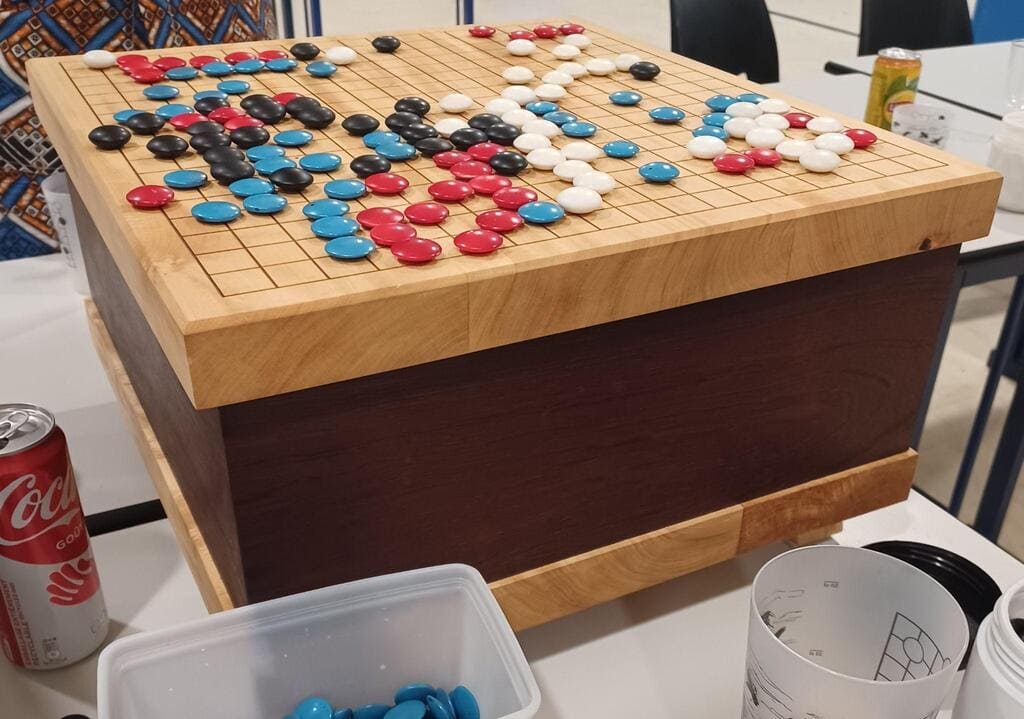
One interesting fact is that Go boards are not square. Standard boards are roughly 42cm wide by 45cm long, and they fit standard stones that are 22mm wide. The reason for this rectangular shape is to account for the visual effect of ‘foreshortening.’ Everything is rectangular – the board, the cells that comprise the grid, and the grid itself. These rectangular shapes appear to be square when viewed from the end, in the position where players sit.
An individual cell on a Japanese grid is 22mm wide by 23.7mm long. Korean boards and pieces may be slightly smaller, while the opposite is true for Chinese boards where the pieces may be slightly larger. Cells in a Chinese grid, for example, may be closer to 23.33mm wide by 24.22mm long.
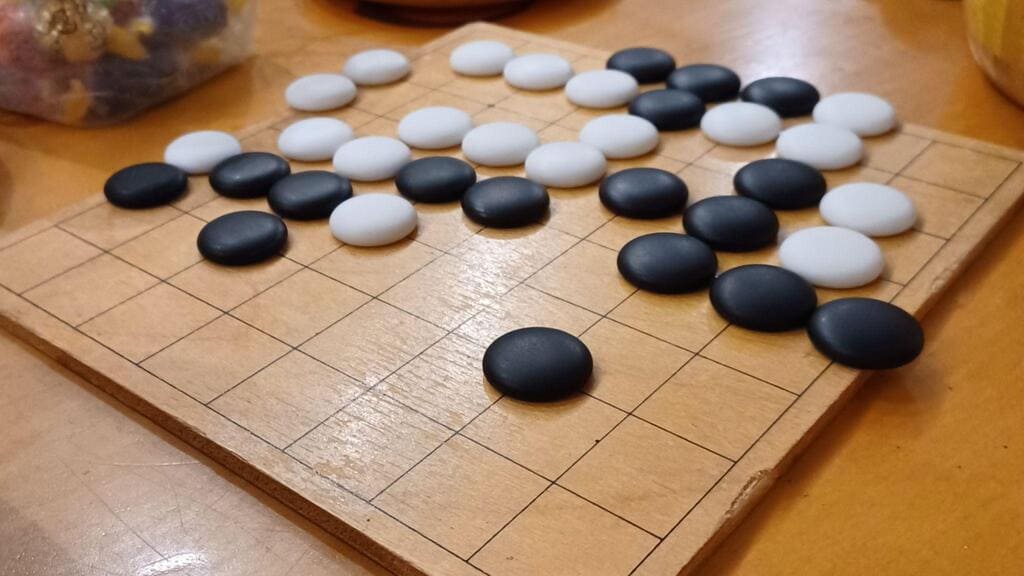
Seen above, the rectangular cells are evident. However, this 9×9 board has almost no extra margin on the edge, and as a result the pieces that are played on the first line are at risk of falling off.
Constructing a board
How a board is constructed will depend largely on how thick it is. Mass-produced boards will be thin and light, made of a single piece (paper, plastic, or MDF). However, most players prefer wooden boards for aesthetic reasons.
When it comes to making anything out of wood, the tendency of wood to warp has to be considered. As wood rapidly gains or loses moisture, it may warp, twist, or cup. This movement will depend on how it was cut from the original tree. The center of the tree should never be included as part of a finished board, due to the tendency of the wood there to twist and crack. Firewood is dried for a period before being split, and the reason for this is that it shrinks in all directions, creating natural cracks from the center.
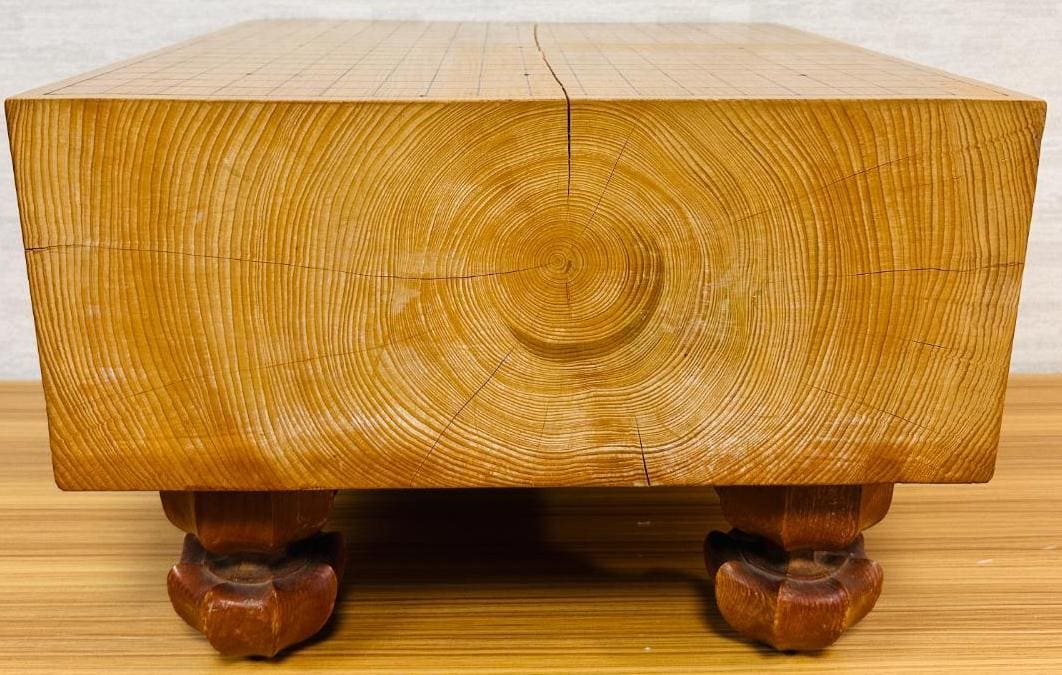
In the photo above, we see a board that should never have been made. Cracks radiate from the center of the tree in all directions, including a thick crack on the playing surface.
Because the center of the tree should not be used, an enormous tree is required to yield a whole Go board (unless it is made of multiple pieces glued together). There are three primary cuts used in common woodworking to dismantle the trunk of a tree:

Put simply, a Plain-sawn board has beautiful grain patterns on the surface but it may cup over time. A Quarter-sawn board is the least likely to warp, but wastes more of the tree and is less visually interesting. A Rift-sawn board has better stability, but will have straight lines on most of its surfaces and may still be prone to twisting. Take note of the growth rings in the next few images, and try to imagine where the wood originally formed a part of a tree.
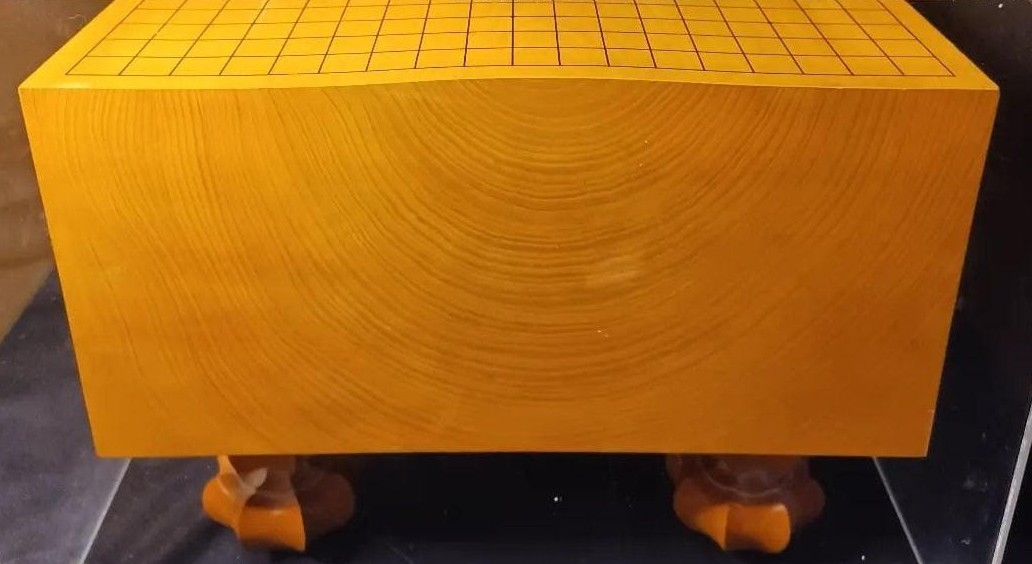
This Plain-sawn Kaya board is cupping slightly. This does not affect the gameplay, of course, but refurbishing it will require a professional to flatten it evenly and draw a new grid.

This Shin-Kaya board is Quarter-sawn. There is no sign of the center of the tree, but we can imagine it directly to the left; at the same time, we see only heartwood. No sapwood (from the edge of the tree) is visible on the right; this tree was incredibly large! Because the tree rings are evenly spaced, slight expansion or contraction would not have much effect on the overall shape of this board. Thin boards are also made with Quarter-sawn or Rift-sawn wood for exactly this reason.
After Japanese craftsmen have hewn the large blocks for floor boards for Go and Shogi, they will harvest smaller pieces to construct table boards. High quality Kaya boards under 6cm are normally constructed of multiple pieces (2 to 7) of Rift-sawn wood, glued together like so:
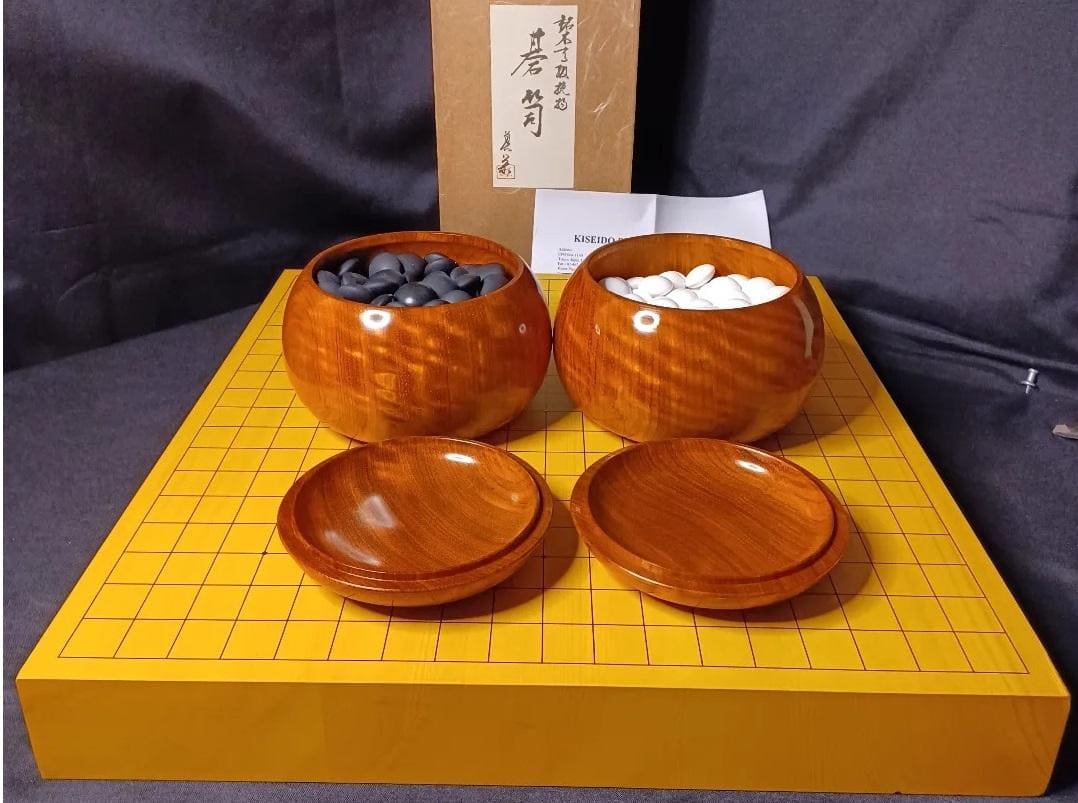
Less valuable boards like Folding Boards will be made of 2 pieces of Rift-sawn or Quarter-sawn wood, using hinges to connect them in the center. There’s a special place in my heart for the old-fashioned boards that employ Tenons and Mortises, but these are becoming rare to find in good condition:
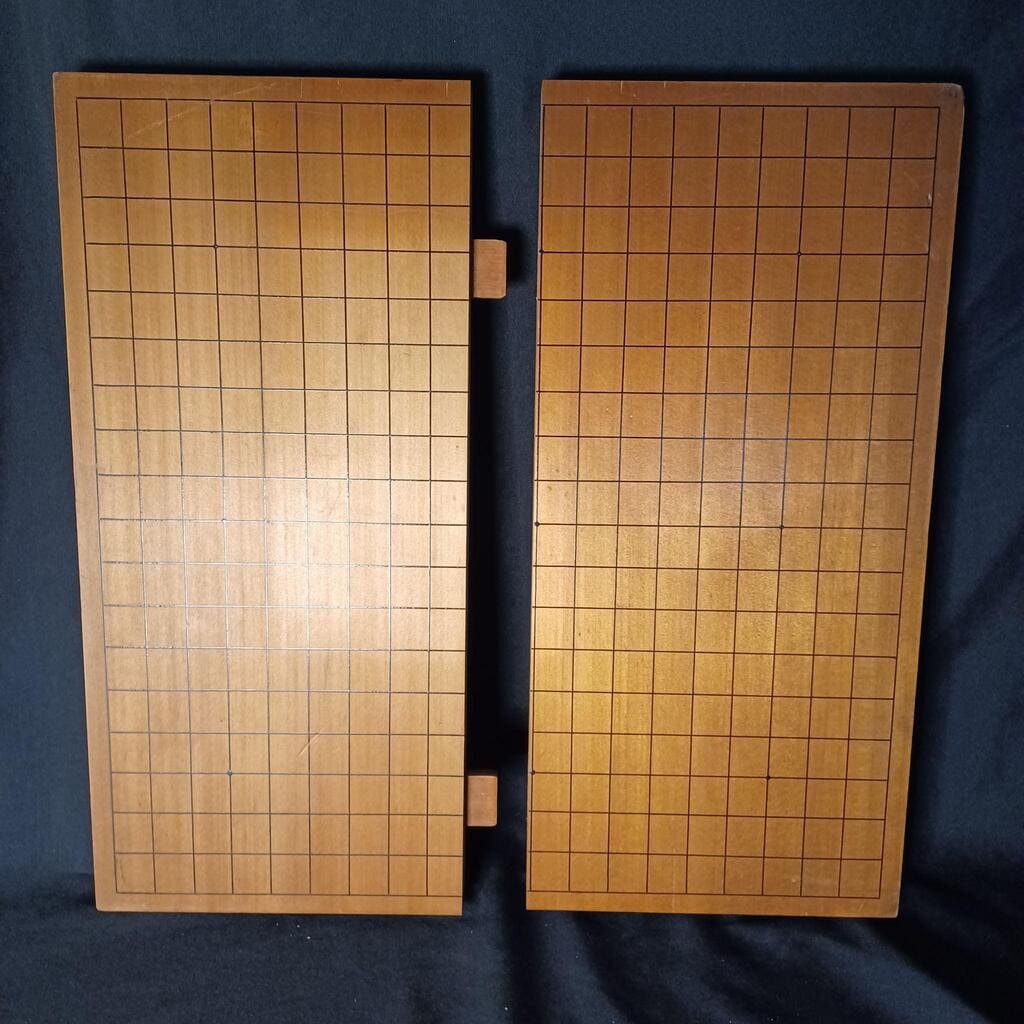
A Variety of Materials
To help you consider different Go boards, I will rate various materials from least expensive to most expensive. Each material has benefits and drawbacks.
Cardstock ★☆☆☆☆
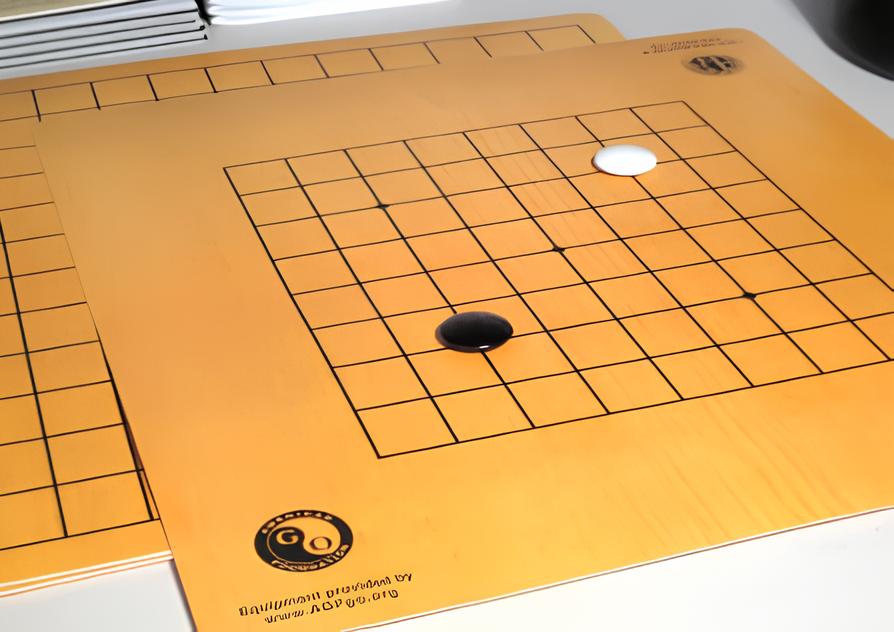
Paper is cheap, and lamination is a quick process that improves the durability. These boards are a good option for school clubs, where dozens of sets can be stored compactly and distributed quickly. Students and teachers in the US can acquire free starter sets from the American Go Foundation for their classroom or library (in addition, matching grants are available up to $200 for equipment and $1000 for Go instructor salaries).
Drawbacks: These boards are lightweight and flimsy. They may be slick to the touch, making it difficult to keep the stones in place – this becomes a problem as you graduate to larger board sizes and longer games. As you play the pieces, the sound is not very satisfying.
Medium Density Fiberboard (MDF) ★★☆☆☆
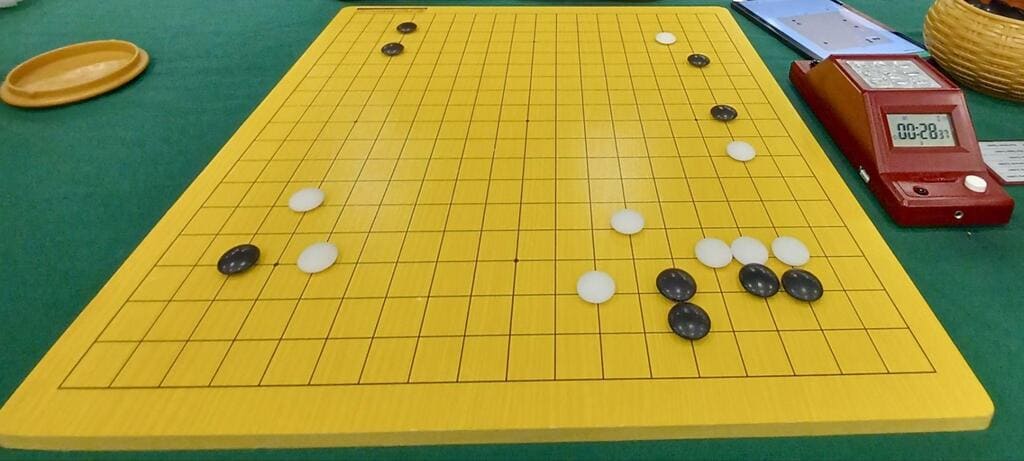
MDF is an engineered product that is made from wood fibers, resin, and wax. With pressure and heat these materials are compressed into panels, which is great for quickly producing inexpensive boards. Unlike wood, MDF will not have knots. These boards are lightweight, so they make good travel sets. If you are running a club and regularly transport many sets, these can be a life-saver.
Drawbacks: MDF is not durable. Its low density may feel flimsy, like a cardboard box. Its lack of strength makes it prone to scratches, dents, and moisture damage. Repairs are impossible.
Bamboo ★★☆☆☆
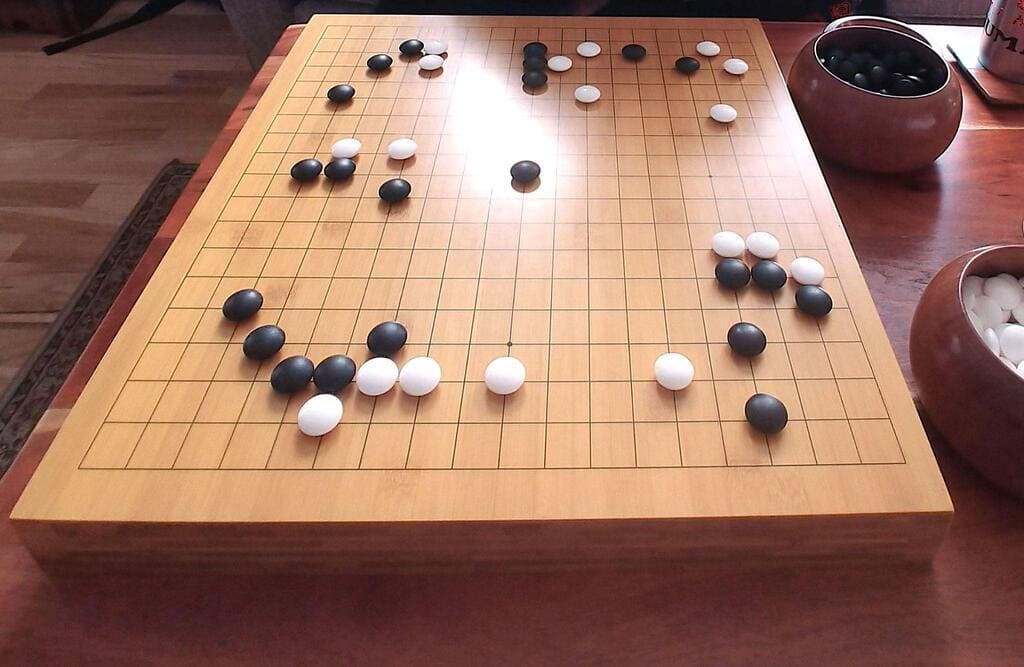
Bamboo is inexpensive and dense. Stacked in layers, a large board can be made of multiple pieces. Its color is a mellow yellow, which is excellent for Go boards as it sets apart the black and white pieces.
Drawbacks: Bamboo is hard, so pieces hit the board with a harsh sound. Bamboo is generally given a polyurethane finish, making it slippery and shiny – the slippery surface makes it hard to keep pieces from sliding, and the shiny aspect creates a nasty glare that tires your eyes. Even with the synthetic coating, lower quality boards will still dry out and crack, and repairs are not worth the time and effort.
White Spruce ★★★☆☆
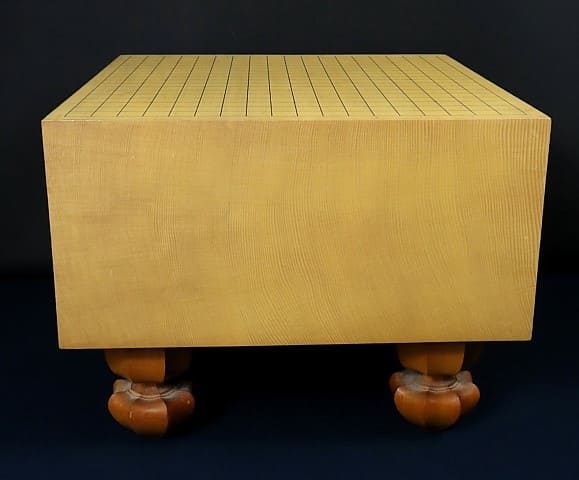
Evergreen trees grow quickly, making them a great option for go boards as the wood can be Quarter-sawn or Rift-sawn, providing better dimensional stability. This stability means less risk of warping and cracking. The woodgrain is very straight, so boards can be produced that do not have distracting grain patterns. This wood is often called “Shin-kaya” as it is an inexpensive imitation of Kaya.
Drawbacks: Spruce is very light in color, making it a pale yellow at best. The wood is a medium hardness, so the sound of pieces played is just ok.
Agathis ★★★✬☆
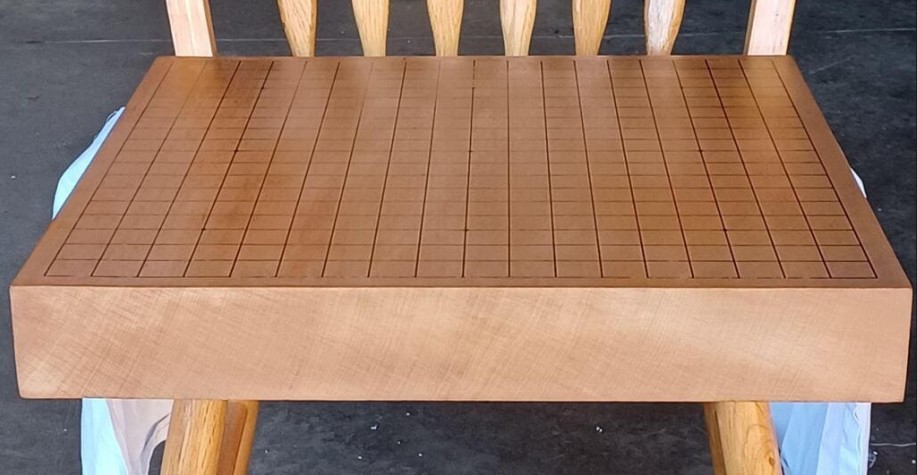
Agathis wood is grown primarily in Southeast Asia. It is very dense, very stable, and very hard. Boards made of Agathis will last several lifetimes. The wood is very easy to identify on sight, as the pith rays create a perpendicular pattern across the grain (speaking of the grain, this is a good example of Rift-sawn wood).
Drawbacks: The color and grain are not very interesting. It is very heavy, so not very portable. The sound of stones being played is still sharp.
Cedar (Hiba, Hinoki) or Ginkgo ★★★★☆
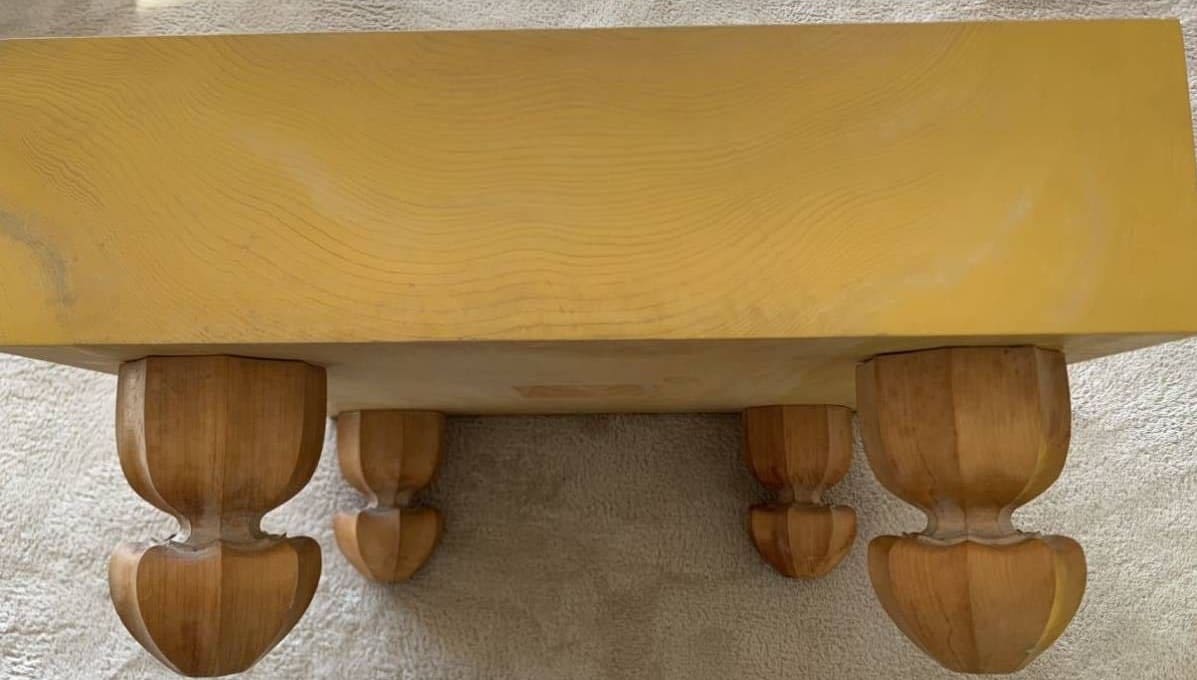
These woods are dense and have a pure-yellow tone that makes them ideal for go boards. When MDF boards are made, they are usually made in this yellow tone as it is bright enough for a high contrast in tournament play.
Drawbacks: These boards are heavy and expensive.
Katsura or Cypress ★★★★☆
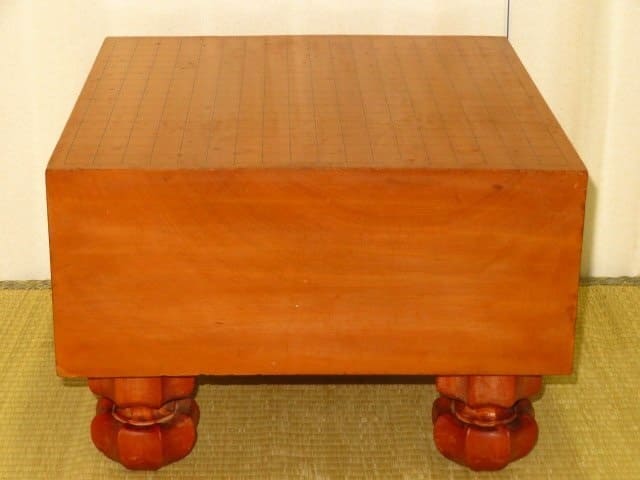
These woods are dense, but the sound of the pieces hitting the board is noticeably softer than the woods listed previously. Taiwanese Cypress and Katsura (cercidiphyllum japonicum) both have a lovely orange-red tone, and this dark hue makes it easier on the eyes. Their growth rings tend to be very round and symmetrical.
Drawbacks: The primary drawback is cost – these woods are not commonly harvested for Go boards anymore. The trees are generally cut in a Plain-sawn style, but dimensional stability is rarely a problem.
Kaya ★★★★★
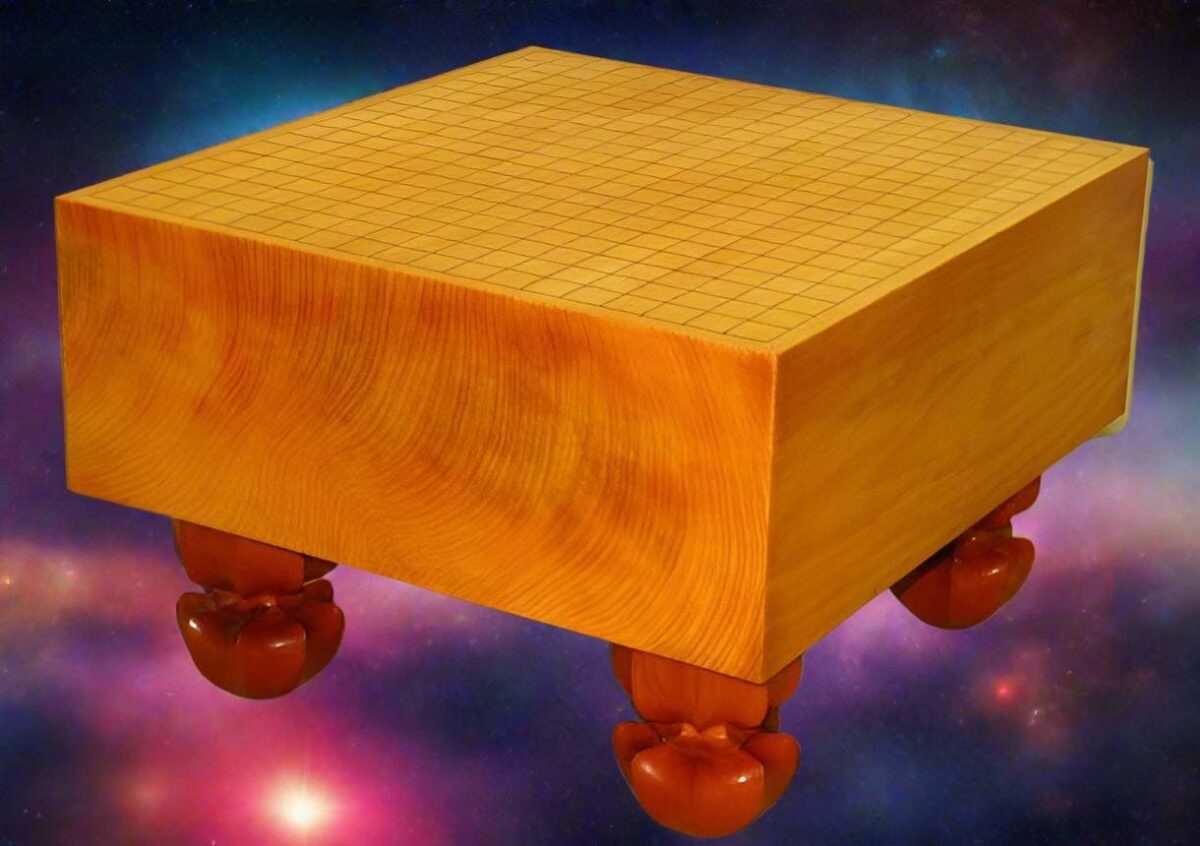
This relative of the Nutmeg tree has long been the king of Go board materials. Proper construction begins by curing the wood for 10 years so that the red resin is kept in the wood (modern drying techniques can accelerate this process). This way, any twisting will occur before the board is planed into its final shape. Dense but soft, Kaya mutes the sound of the pieces being played. The wood feels friendly, and it has a sweet smell like cinnamon and cloves. The caramel color is easy on the eyes, and the wavy endgrain is like a fingerprint, giving each piece a unique character.
Drawbacks: these boards are pricey, especially if you seek out thicker boards in a Rift-sawn or Quarter-sawn style. Boards will also increase in value based on their color, with players favoring darker woods from Southern Japan instead of the lighter counterparts from Northern Japan, Korea, or China. For the best protection, kaya boards should be maintained annually. Heavy but soft, it is hard to move and scratches easily.
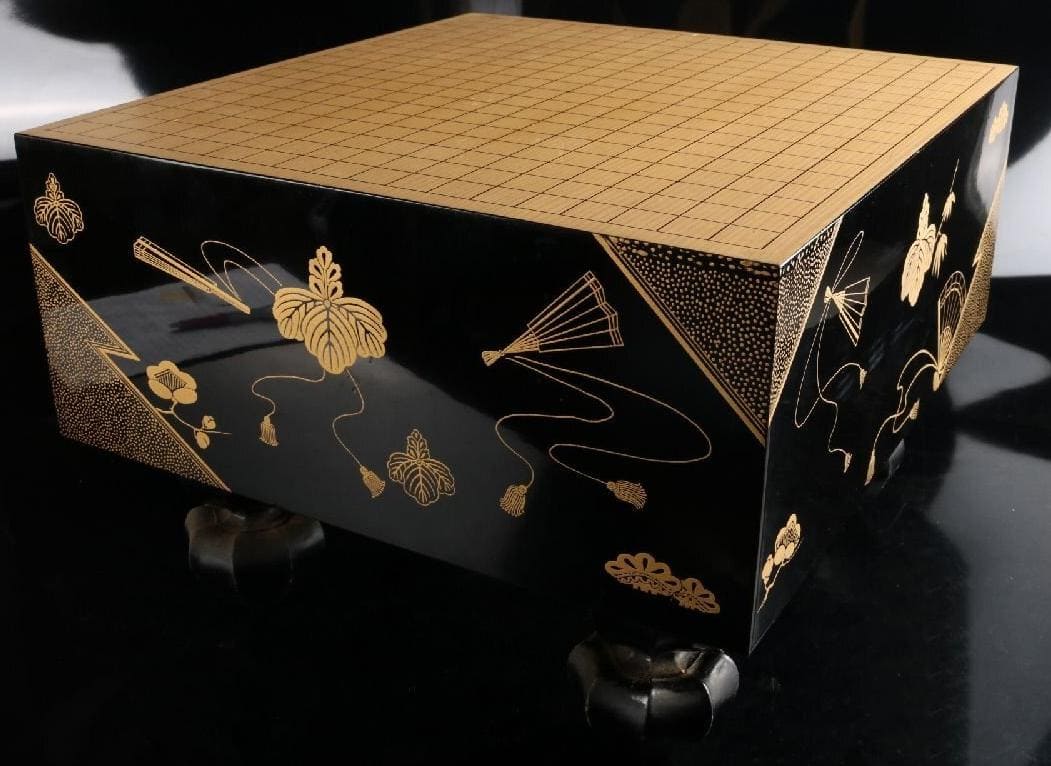
Many artists have found ways to decorate Go boards in new and interesting ways. Lacquered boards are popular in Japan, while Mother-of-Pearl inlay is popular in Korea. The BadukClub Store has a variety of boards in stock, and we can custom order others by request. We always enjoy hunting down rare antiques when it is within someone’s budget.
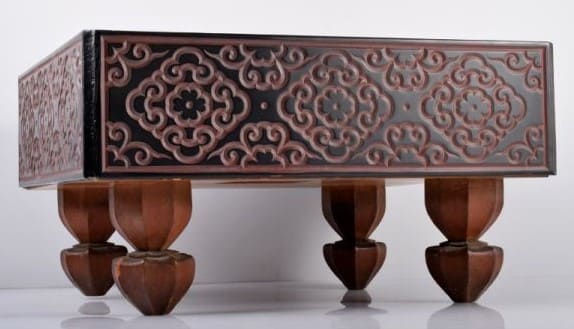
And More…
There are too many types of boards to provide a comprehensive list. From Demonstration Boards to magnetic travel sets, we even supply textured sets for players that are visually impaired. You can 3D-print your own 9×9 set at a local library. If you need a bit more hands-on experience, visit a Go meetup and see what other players are using. You can add yourself to the BadukClub Map and use it to find other players.
As you play, please take note of the look, the sound, and the feeI of different boards that you play on. Then decide what’s right for you.
Further Reading:
When I first took an interest in vintage Japanese Go equipment, I found it very useful to read John Fairbairn’s “In Pursuit of Elegance: A Survey of the Best in Go Equipment.” That article is Chapter 9 in The Go Player’s Almanac by Richard Bozulich.For more specifics about Vintage Go Equipment, check out this About page. For maintenance of Vintage Go equipment, please refer to my Care Instructions.
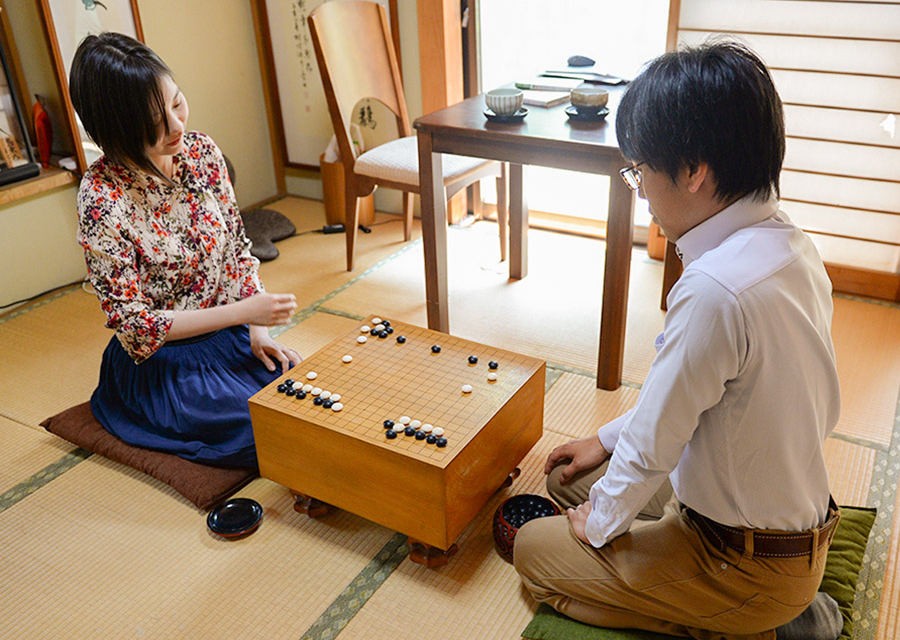
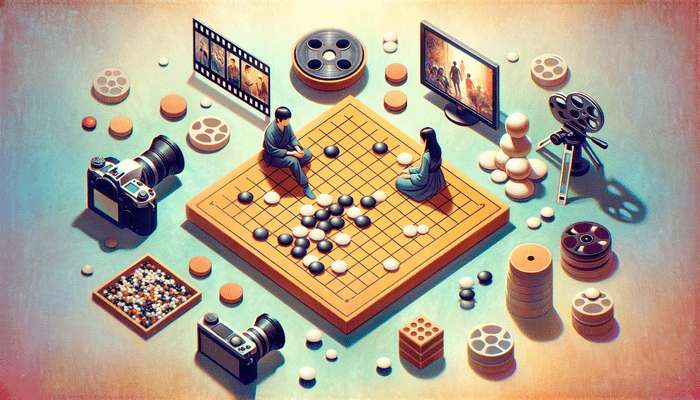
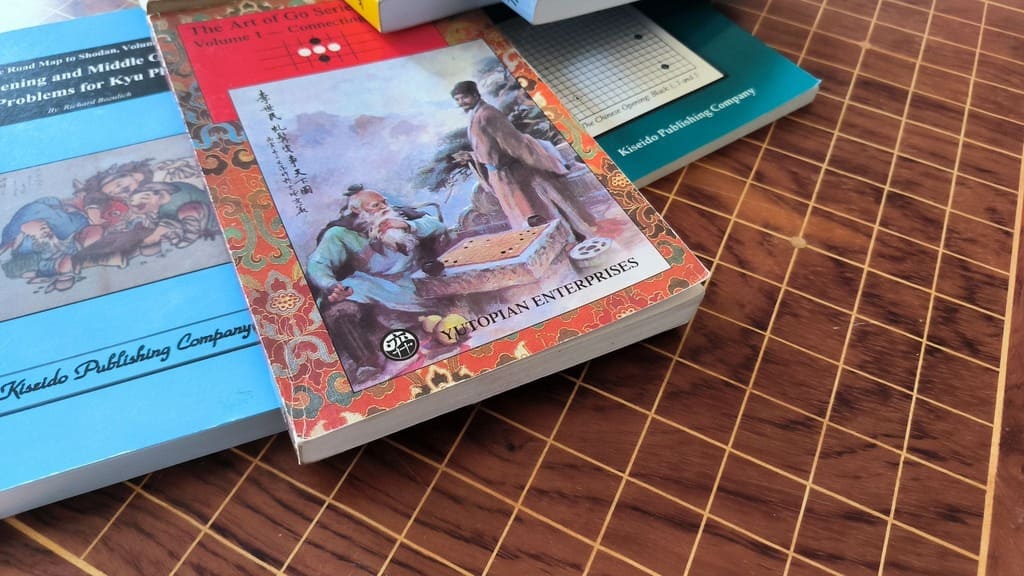
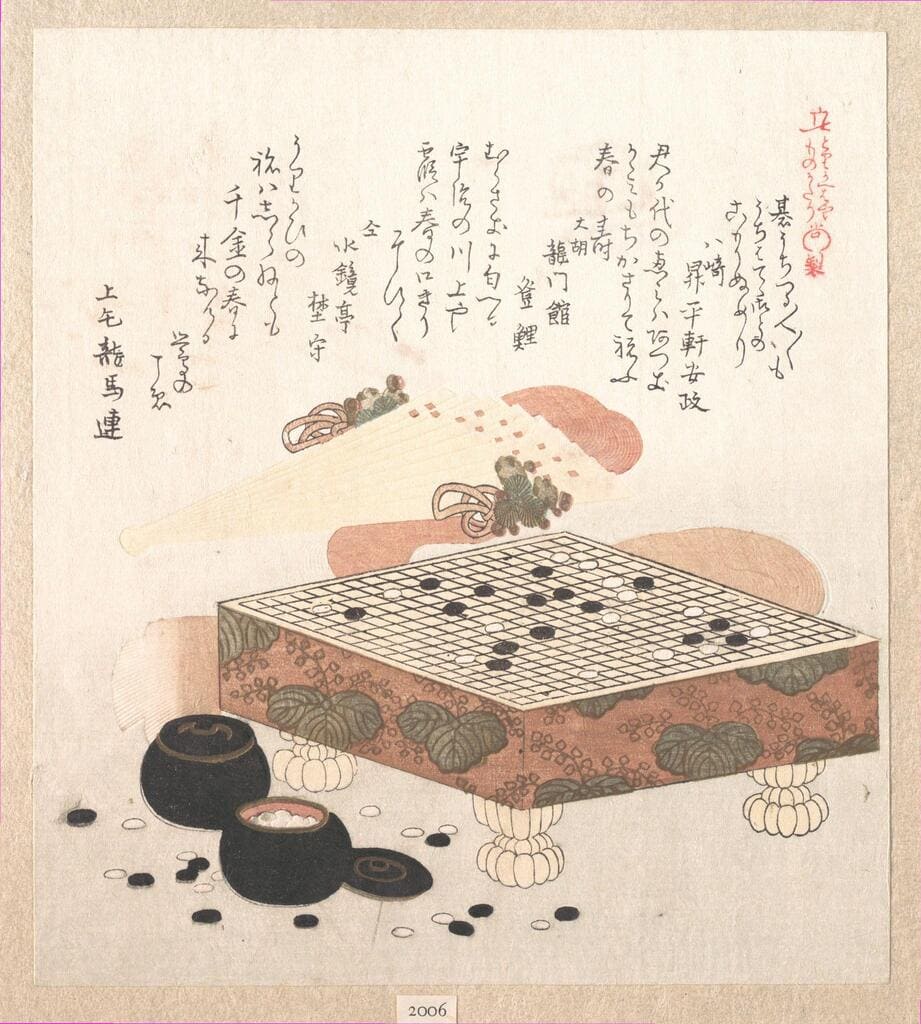
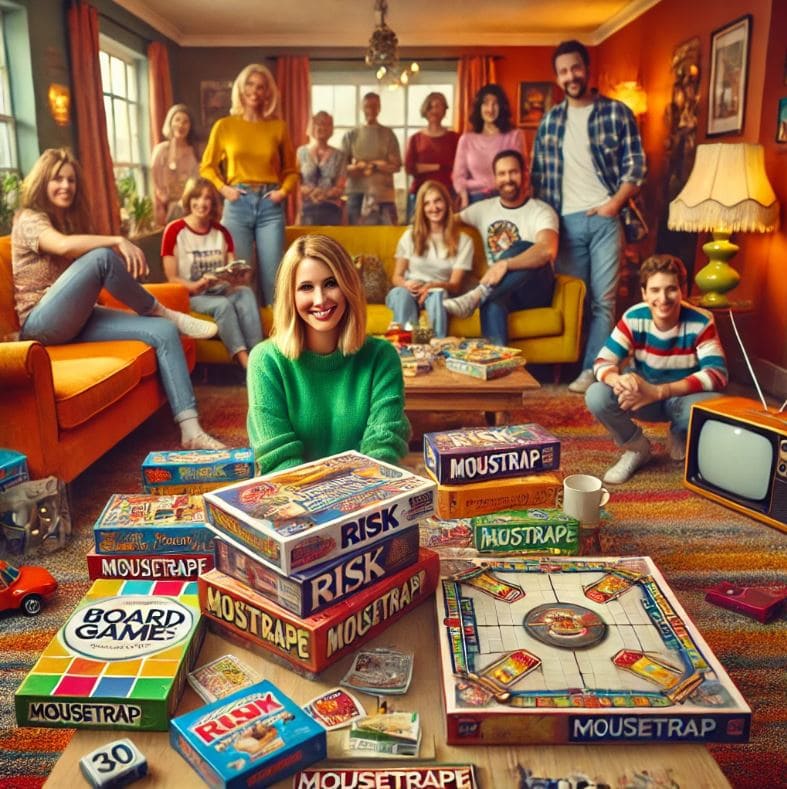
Оставить комментарий